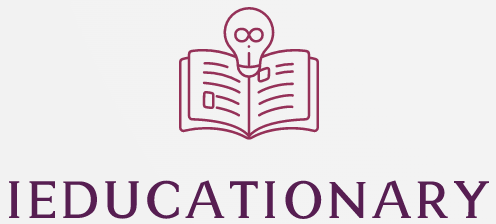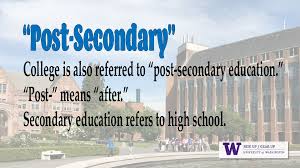What is university secondary education? If you want to be a teacher, you can get a degree from a university. Typically, this program requires 124 semester hours, including general education courses, professional education, and a teaching major or minor. Electives are also part of the curriculum, depending on your interests. In this article, you will learn about some of the key requirements of a secondary education degree program. Listed below are some of the advantages of a university secondary education program.
Completion of 124 semester hours
If you want to become a teacher and want to earn a degree in secondary education, you can do so by completing a Bachelor of Science degree. This program prepares you for initial teacher certification at the secondary level. You can find a detailed description of the program at the Teacher Certification Office. Other degrees may also be available. Upon completion of the program, you must obtain a passing grade in all required courses.
The curriculum of the undergraduate degree program consists of 124 semester hours. These hours must be taken in both general education and the required teaching majors or minors. You will also need to complete some electives. To earn your Bachelor of Science degree, you will need to complete 124 semester hours. You can also choose to take a teaching minor if you like. In order to earn a Bachelor’s degree, you must have completed at least one academic year of secondary education.
Completion of 49 credit hours of education coursework
The basic track consists of ninety credits in Arts, Science, and Mathematics. The remaining thirty credit hours are senior level courses, of which 12 must be at the 300 or 400-level. Applicants must have successfully completed at least six semesters in their declared program of study in order to qualify for transfer credit. Students must also submit a Personal Statement, Praxis II test score, and Experience with Youth Statement.
Completion of 40 hours of community based learning
University students often find it beneficial to complete more than one type of experiential learning, including community-based learning. Community-based learning involves projects that take place outside the classroom, such as internships. This type of learning complements coursework, and allows students to apply classroom learning to a real-world setting. Students often complete community-based learning by working with nonprofits or school gardens in their area. Completion of this type of learning is often a long-term project for students who are interested in sustainability or community-based education.
Preparation for a career in teaching
There are two majors for those pursuing a career in secondary education. One major is in English, and the other is in a content area. Content areas include social studies, history, mathematics, integrated science, biology, and physics. All of these majors are housed in different departments within the university. Secondary education students can also opt to add additional courses to their majors to supplement their education.
In addition to the traditional classroom setting, secondary education can also lead to career options in a variety of industries. For example, those who are interested in global missions may consider teaching in Taiwan or Warsaw. Many high schools struggle to find qualified teachers in these areas. If you have the time to teach, secondary education could be the perfect career for you. After all, it is a highly sought-after field, and there is always a need for talented teachers in this area.

